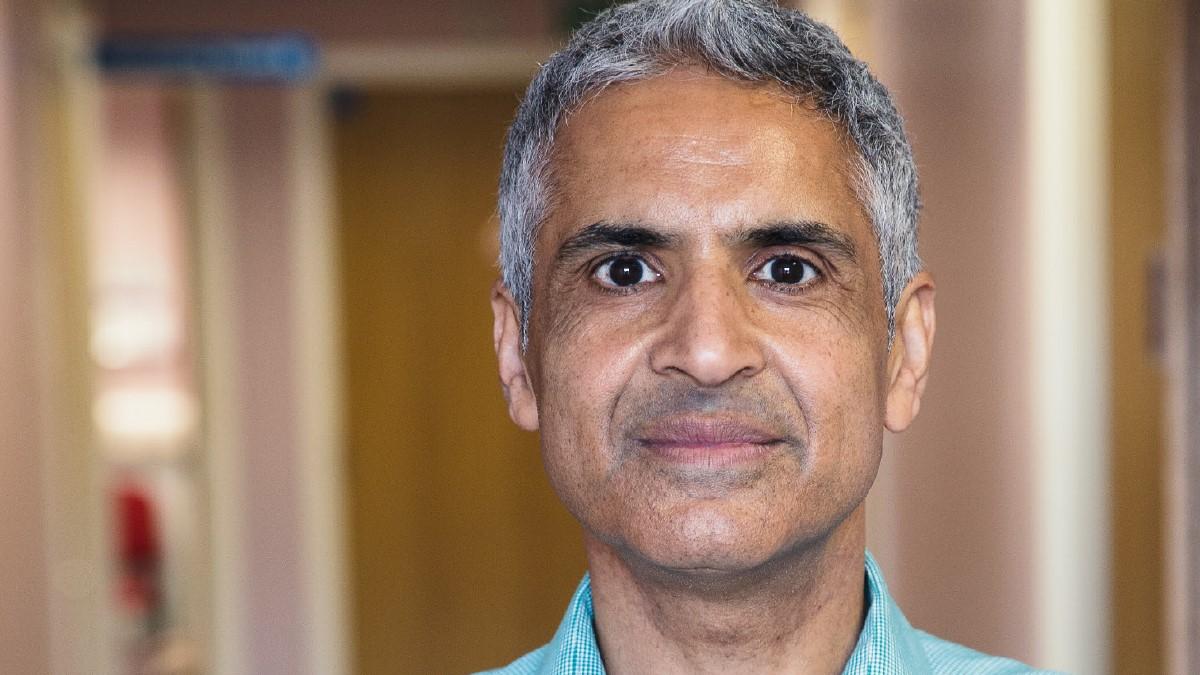People with HIV are living beyond the age of 50. Health services must be ready to support them, says Darren Brown.

Points to note
- Prompt diagnosis and treatment means HIV is a chronic condition with normal life expectancy
- With effective treatment, when HIV is undetectable, the virus cannot be passed on to sexual partners
- The Episodic Disability Framework describes disability experienced by people living with HIV as multidimensional and episodic
- People living with HIV can experience frailty and physical functional decline at a younger age than the general population
- Exercise is safe and effective for people living with HIV
- Physiotherapy and rehabilitation is recommended to support older adults living with HIV
HIV and disability
HIV and physical function
HIV, physiotherapy and rehabilitation
- Darren Brown is a specialist HIV physio at Chelsea and Westminster Hospital NHS Trust, vice chair of the UK Rehabilitation in HIV Association and HIV/AIDS co-ordinator of the WCPT Network International Physical Therapists for HIV/AIDS, Oncology, Hospice and Palliative Care.
HIV and frailty
HIV seems to be linked to frailty. Key factors include:
- increased falls risk
- bone fractures
- unemployment
- social isolation
Frailty measures
As the number of older adults living with HIV increases, more people are experiencing multiple comorbidities, more than age-matched controls. A causal relationship has been described between comorbidities, disability and frailty, whereby comorbidity is a risk factor and disability an outcome of frailty. Frailty, characterised by decreased functional capacity and reduced ability to perform activities of daily living, represents both a manifestation of and contributor to the complications of an ageing HIV epidemic.
The mechanisms believed to result in the increasing burden of frailty among people ageing with HIV are multi-factorial, such as mitochondrial dysfunction, chronic inflammation and oxidative stress.
But there is no consensus on a universally accepted tool to measure frailty. The Fried phenotypic model of frailty is the most commonly used frailty measurement among people living with HIV, demonstrating higher rates of frailty occurring at younger ages among people living with HIV in the US and Europe. The Veterans Aging Cohort Study (VACS) Index, developed to assess physiologic frailty, including routine clinical HIV and organ system biomarkers, is accepted as an effective frailty measure, predicting morbidity such as hospitalisation, intensive care admission and fragility fractures. The presence of frailty and HIV can predict mortality, and so measuring frailty is important to identify the most vulnerable and help target resources.
Further reading
References:
- Brown DA et al. Evaluation of a physiotherapy-led group rehabilitation intervention for adults living with HIV: referrals, adherence and outcomes. AIDS Care, 2016. doi: 10.1080/09 540121.201.1191611
- O’Brien KK et al. Effectiveness of aerobic exercise for adults living with HIV: systematic review and meta-analysis using the Cochrane Collaboration protocol. BMC Infect Dis. 2016 Apr 26;16:182. doi: 10.1186/s12879-0 16-1478-2
- O’Brien KK et al. Evidence-informed recommendations for rehabilitation with older adults living with HIV: a knowledge synthesis BMJ Open 2014. doi: 10.1136/ bmjopen-2013-004692
- O’Brien KK et al. Exploring disability from the perspective of adults living with HIV/AIDS: Development of a conceptual framework. Health and Quality of Life Outcomes, 2008. doi:10.1186/ 1477-7525-6-76
Author
Darren Brown specialist HIV physio at Chelsea and Westminster Hospital NHS Trust, vice chair of the UK Rehabilitation in HIV Association and HIV/AIDS co-ordinator of the WCPT Network International Physical Therapists for HIV/AIDS, Oncology, Hospice and Palliative CareNumber of subscribers: 1
